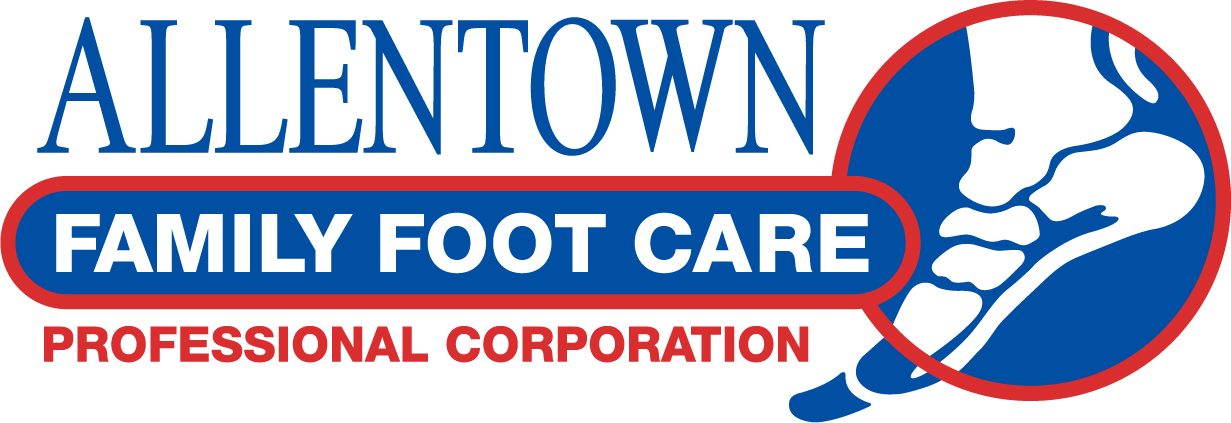Obesity puts you at risk for diabetes, high blood pressure, cardiac disease and a whole host of other complications. With obesity becoming a national concern, Americans see more and more commercials advertising extreme weight loss programs, pills, and diets. However, without the proper training and medical advice some of these products can do more harm than good.
The usual one liner that you will see during these advertisements is that before you begin any activity, you should seek clearance from your medical doctor. I cannot stress that enough. Your overall health needs to adequately handle the excess stress that you are going to put your body through. This includes your foot health. The old saying: “No Pain, No Gain”, could not be more false. Pain is your body’s way of telling you that something is wrong. There is a huge difference between feeling achy and pain. If you are experiencing pain, a doctor should evaluate you.
On of the most common causes of an injury that I have seen with patients stems from wearing the wrong shoe or wearing a shoe that is worn. If you are in an exercise program, shoes should be replaced every 300-400 miles or every 4-6 months. Your exercise shoes should be used for exercise only. If you are wearing them day in and day out, they will need to be replaced more frequently. Also, not all shoes are created equal. Shoes will offer different support for the activity that you are performing. For example, basketball sneakers should not be interchanged with running sneakers. This will predispose you to injuries.
Now for the common question we see in the office: to barefoot run or not? As a physician, I am on the fence about the barefoot craze. I can say if you have a foot deformity, i.e., bunions, high arch, flat feet, heel pain, this should not be a shoe you should purchase. Your foot will need more support than someone who does not have those problems. I believe that the person that it is ideal for this type of shoe is the person who does not have any foot deformities at all. If you have or use custom orthotics these should be used in your exercise shoe. The goal of these devices is to stabilize your foot structure and decrease your pain.
Finally, a topic of conversation that does not get enough attention, stretching. Stretching is a very important activity that will help warm your muscles up and cool your muscles down. Muscles do require flexibility. Flexibility does naturally decrease as we get older. Stretching helps to maintain that flexibility as well as decrease pain. Your various muscles will contract and tighten pending on what kind of physical activity you are performing. Stretching is necessary before and after any physical activity to help prevent injury.
In summary, before beginning any extreme physical activity, consult with your physicians, including your podiatrist. Proper shoes as well as stretching will help decrease your risk of injury.
Dr. Gonzalez’s areas of expertise are wound care with a background in diabetic foot care, diabetic education, peripheral vascular disease and peripheral arterial disease. She also treated patients at the University of Pennsylvania Sports Medicine Clinic treating the athletes of the school with a special focus on running and the athletes of crosscountry and track and field. She has worked at the Penn relays for the three years.
